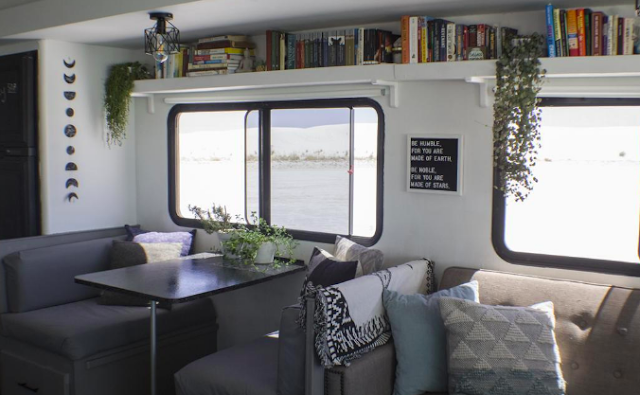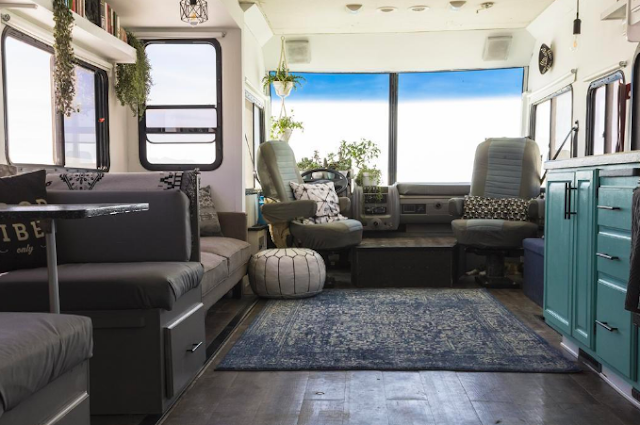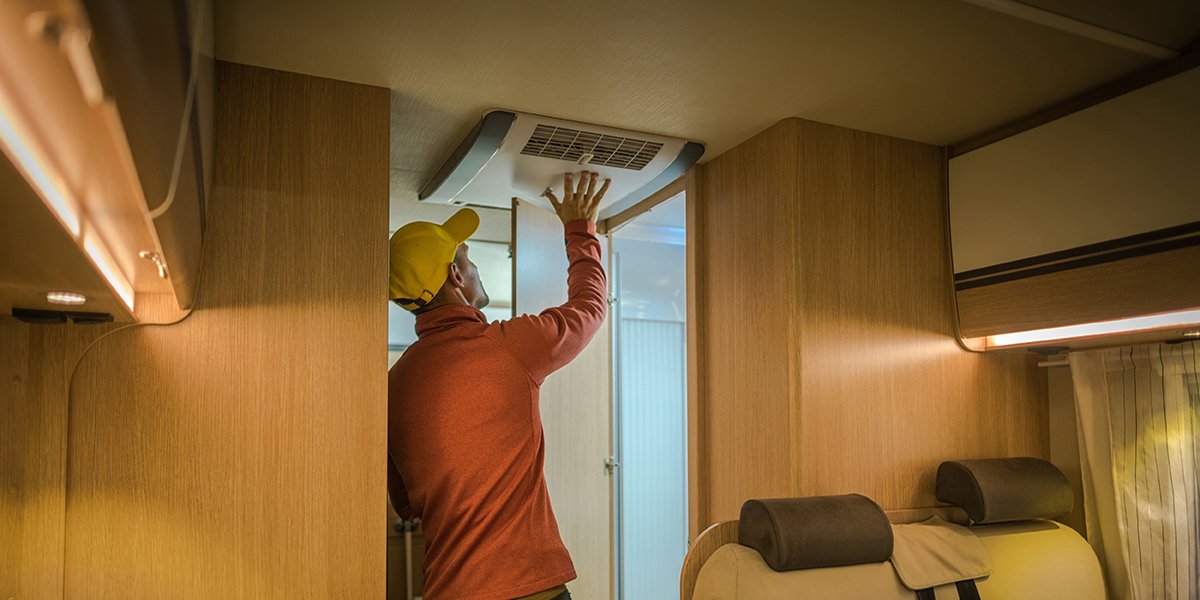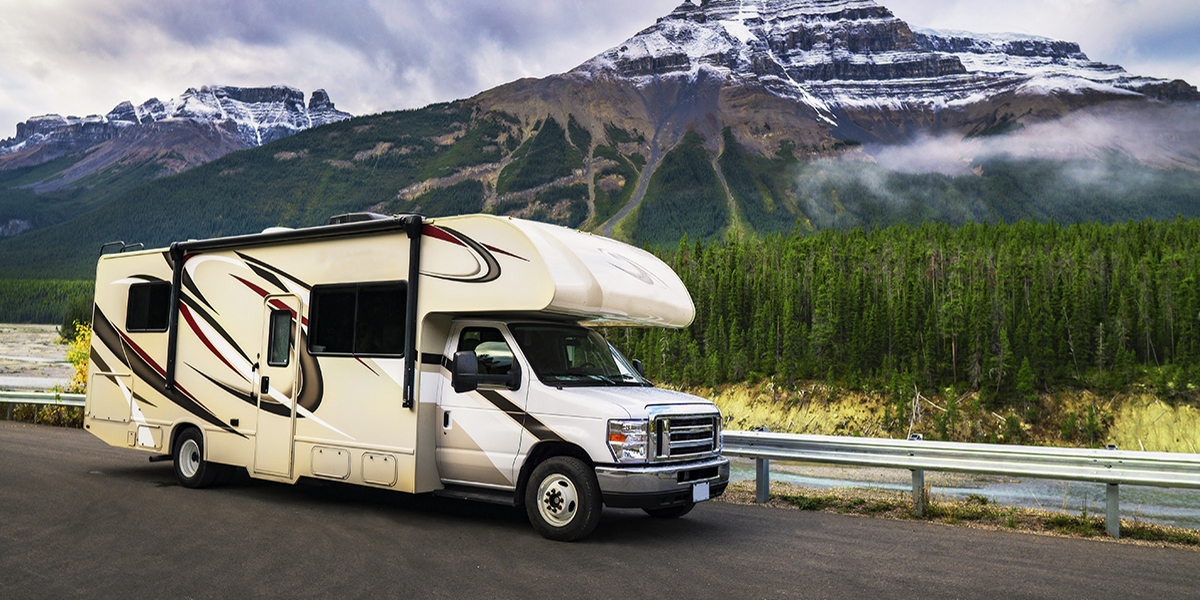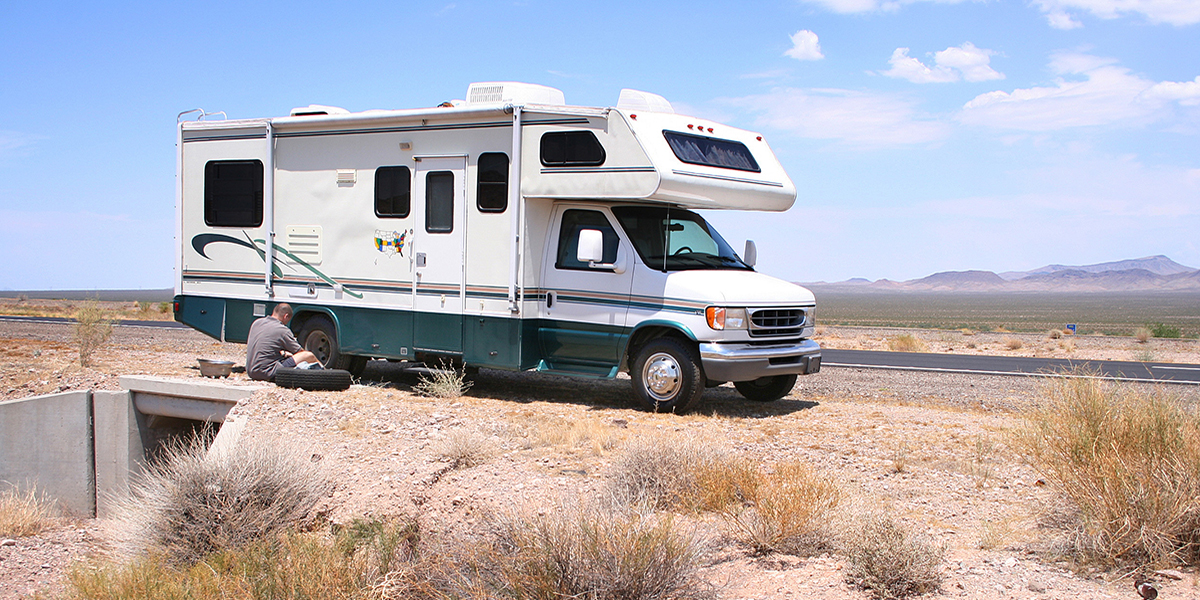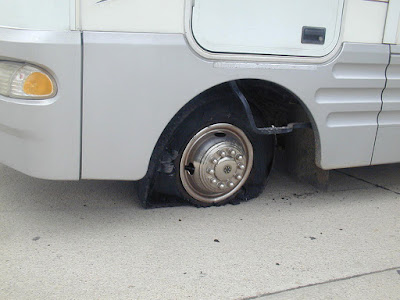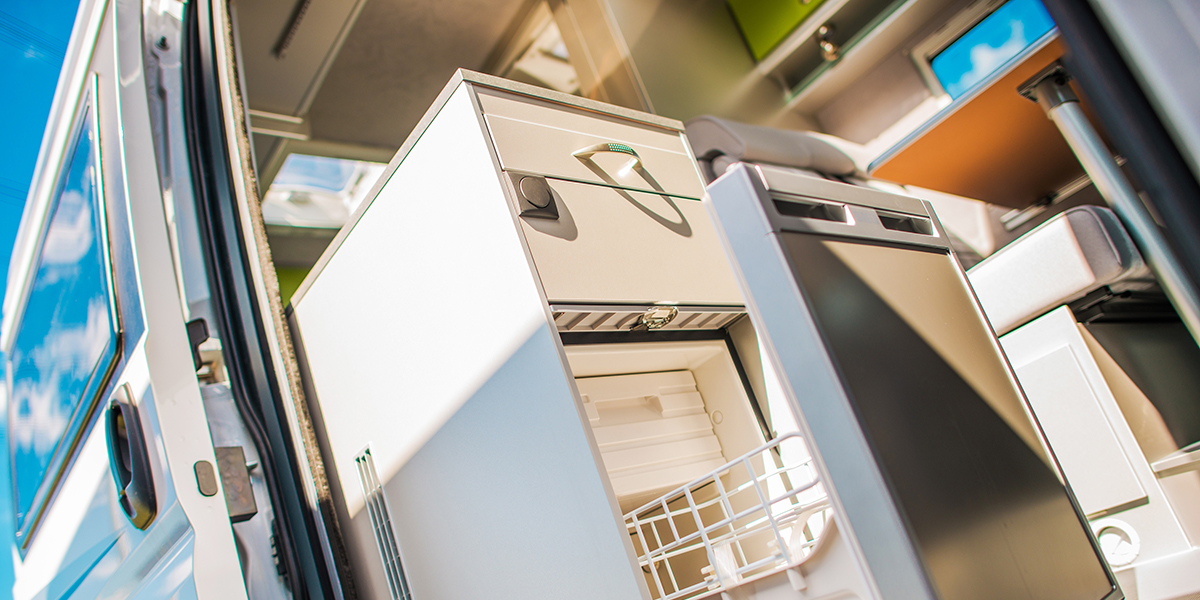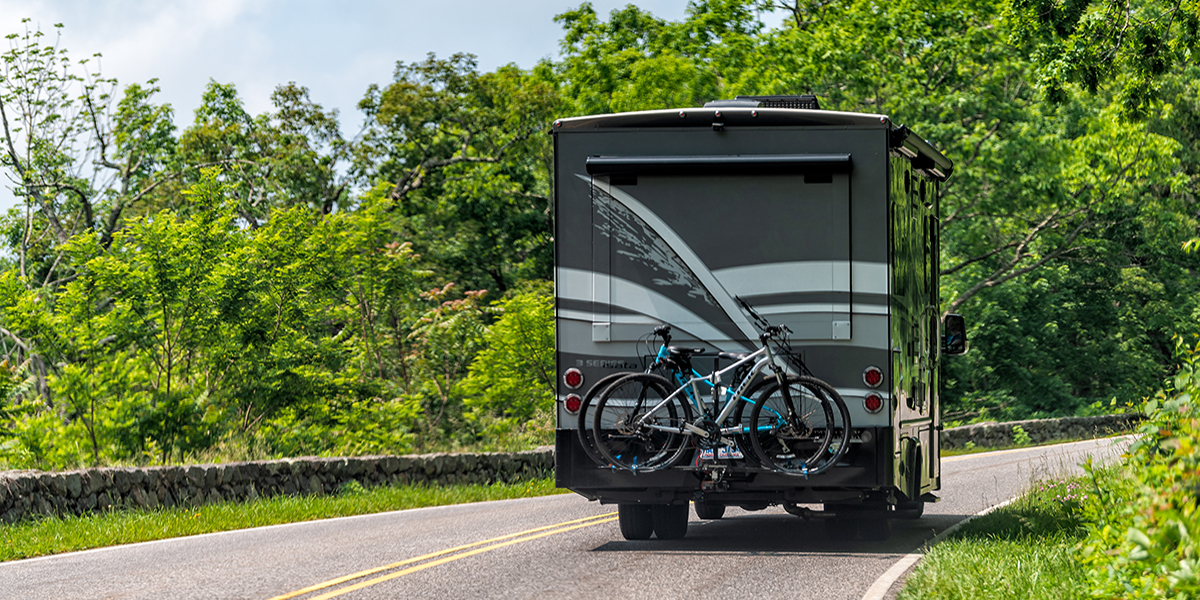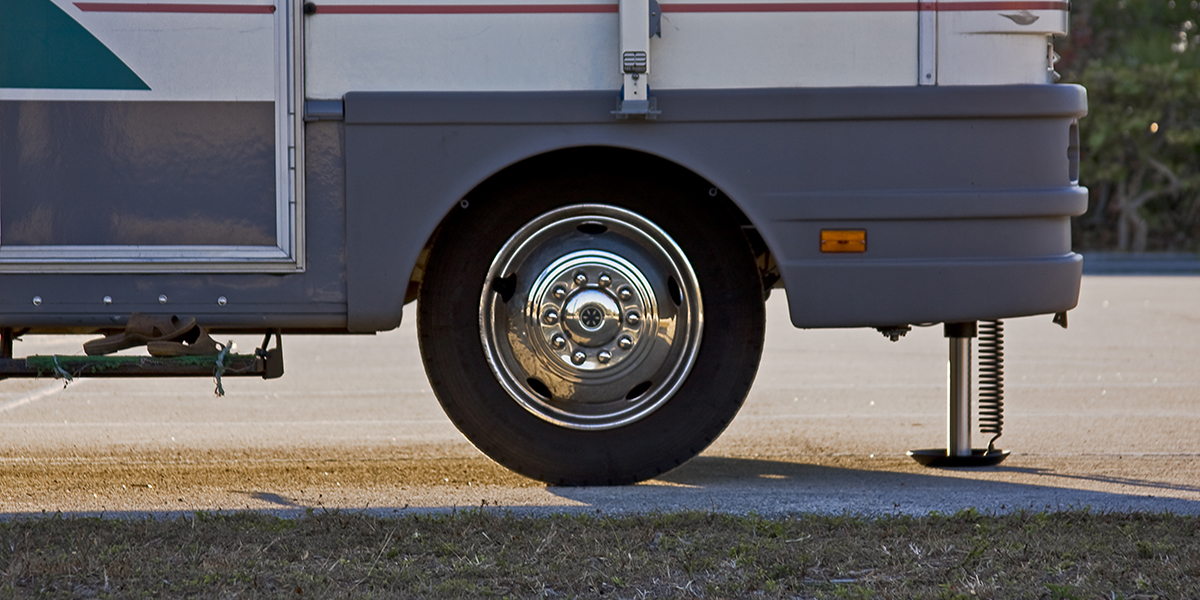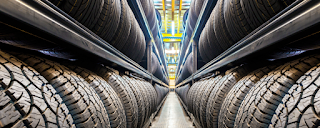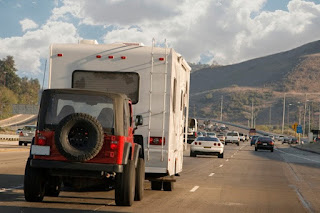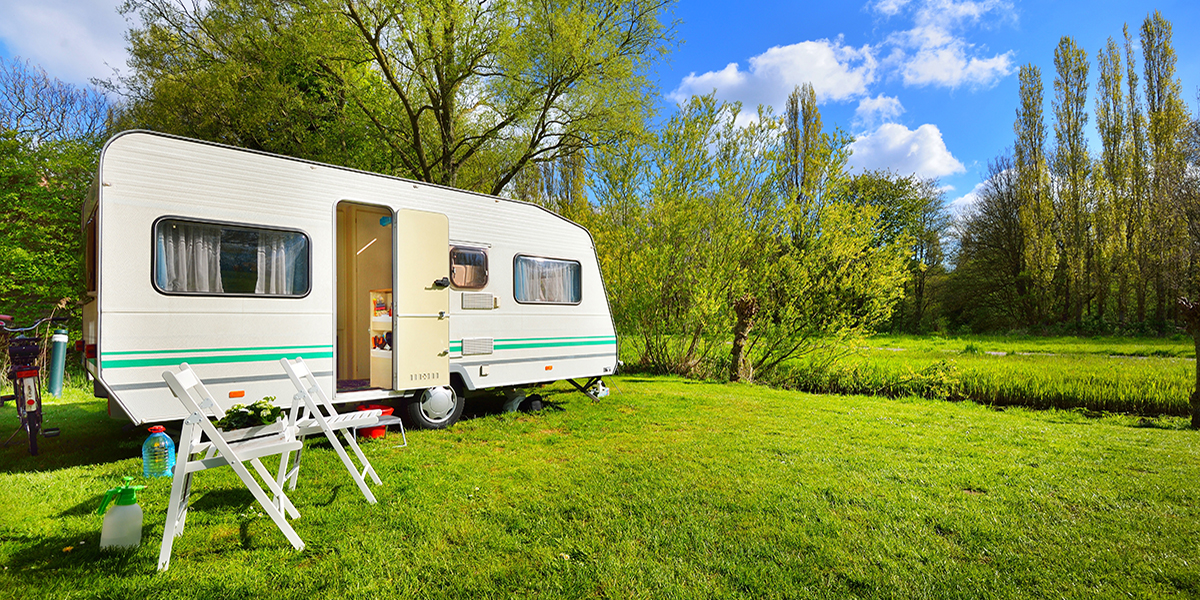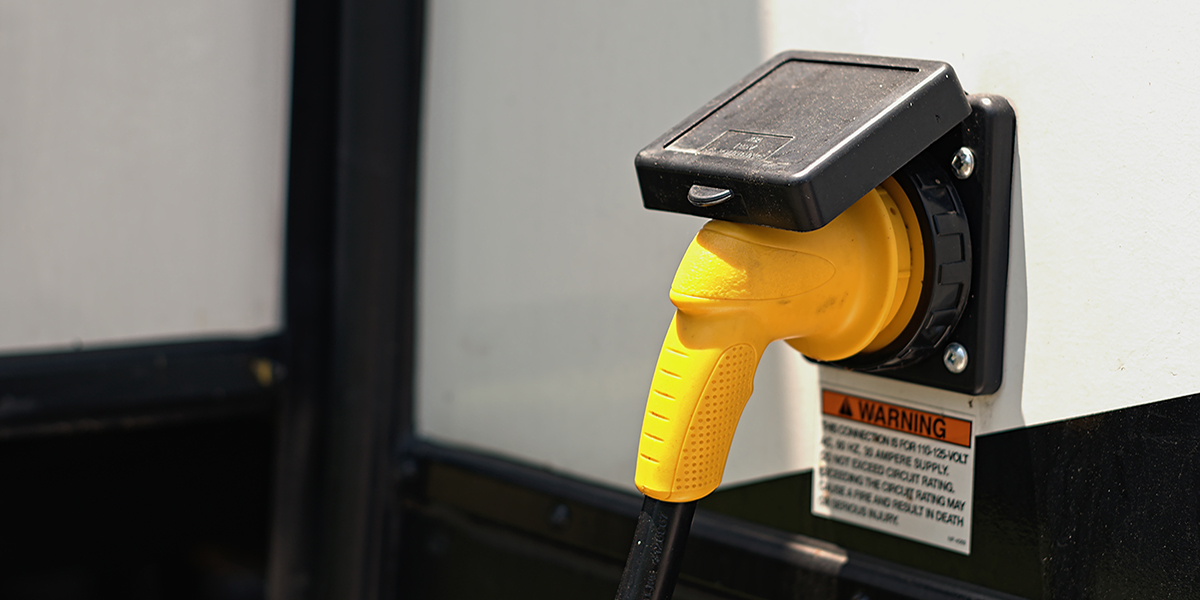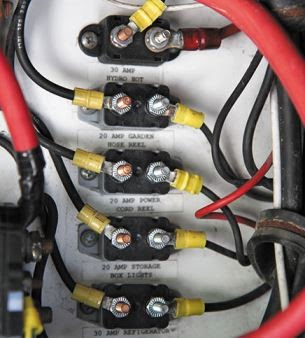In the past decade, RV ownership has risen tremendously. From people living and traveling in RVs full time to people taking them on weekend trips and vacations, more people than ever are becoming RV owners and enjoying their vacation homes on wheels. With hundreds of types of RVs available, RV life looks a little different for everybody. One thing remains the same though: many RVs have fairly outdated interiors.
Some modern RVs have interiors that match current decor trends. However, many from the 90s and early 2000s are dark and covered in floral fabrics. This may be a deterrent to those who would like to buy but do not like certain RV interiors. Some people may not have considered this, but RV interiors are customizable and can be completely renovated.
The idea of renovating an RV may seem rather daunting and difficult to a first-time owner. However, certain small adjustments can make a huge difference, especially in a tiny space. A little goes a long way, and just a few weeks of work can have your RV looking bright, cozy and modernized in no time. After all, traveling in your tiny home on wheels is much more fun when done in style. Consider these suggestions for simple projects that will make the biggest changes in your RV.
1. Decorate
When decorating a tiny space, it is usually best to keep the same theme and color scheme for the entire RV. Be sure to choose a theme that matches your personality, and the rest is up to you! Remember that a little goes a long way in a small space, and just a few items can make a big difference.
2. Add new window treatments
Swapping window treatments is one of the simplest things that makes the biggest difference. Window valances in older RVs are typically covered in busy patterns and cover a large portion of the windows. Removing these can instantly brighten up the space, let in more light, and create a much more modern look. They can easily be replaced with roller shades, accordion blinds, or curtains. You could even go with a combination of curtains and shades.
If replacing the window valances entirely is outside of your comfort zone, they can easily be removed and recovered with a simpler fabric, then returned to their original position. This will allow you to choose a color scheme that matches your new RV design without overly changing the space, if that is what you prefer.
3. Swap furniture
Dinettes can also be transformed fairly easily. If yours is the type with a table and chairs, these can be easily replaced with a modern set. If you have a dinette with a table and benches, consider painting the benches and recovering the cushions. You can even add throw pillows to the dinette benches for extra comfort. This will completely change the overall look and feel of your living and dining room space.
4. Paint
Painting an RV is no small task. However, the reward is a beautiful space that will feel much more bright and airy. Many RV renovations are completed with white paint because of the openness it allows the floor plan. However, other neutral colors such as gray and beige also look nice and often stay cleaner-looking.
If you are thinking about painting with bright colors, consider utilizing accent walls as a pop of color, while keeping the rest of the walls neutral colors. Remember that very bright colors can sometimes feel overpowering in a small space, so they are often best in small doses.
Before you paint, there is a bit of prep work involved. First you need to decide if you want to paint the walls only or both the walls and the cabinets. Wallpaper and wooden surfaces should then be lightly sanded to remove the outer coating. Next, you should clean the walls and cabinets thoroughly. It is best to use TSP (trisodium phosphate), as it is best at removing all dirt and debris, allowing paint to better adhere to surfaces. Finally, you should begin with a coat of primer before painting with at least two coats of the final color.
5. Replace the flooring
Replacing the flooring in an RV is another task that is time-consuming yet very rewarding. Over time, the carpet in RVs becomes very worn and often somewhat dingy. If you remove the carpet, you are free to install a new floor. The most popular option is wood-look laminate flooring. Real hardwood floors are beautiful, but they are typically too heavy for a standard RV weight limit. Laminate floors are made to look like wood at a fraction of the price and weight.
When choosing flooring options, you must decide between peel-and-stick floors and click-and-lock floors. Each of these types of flooring has different pros and cons, so you will need to do your research to decide which type is best for you and your RV.
There are so many more changes that can be made to RVs, but these are some of the most basic concepts. If you are new to the world of RV renovation, the idea alone may seem daunting. However, if you begin with these five steps, you are sure to create a beautiful space that you will love.



